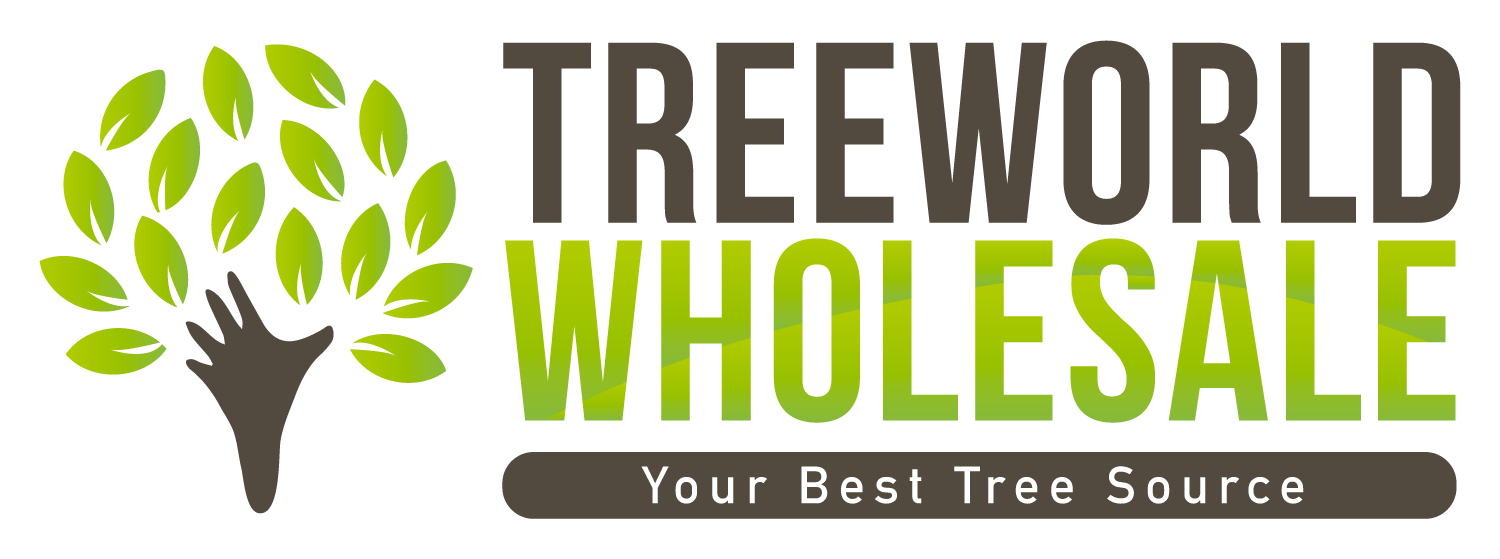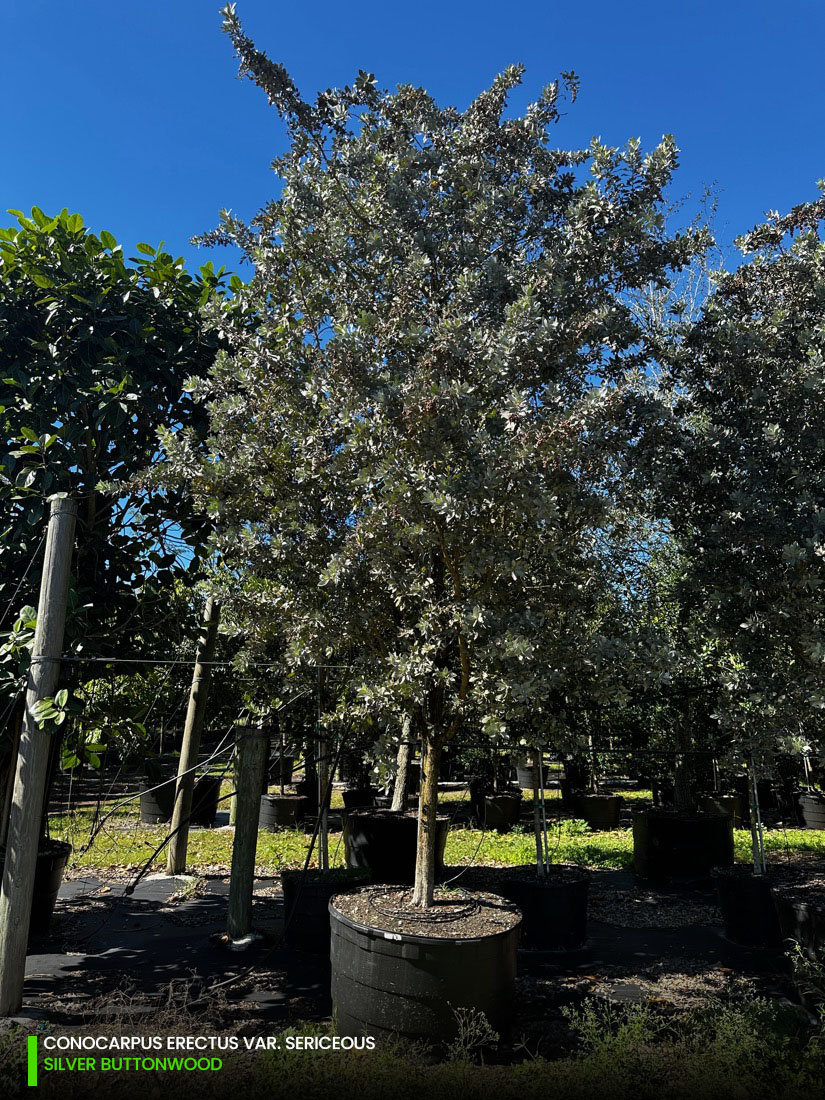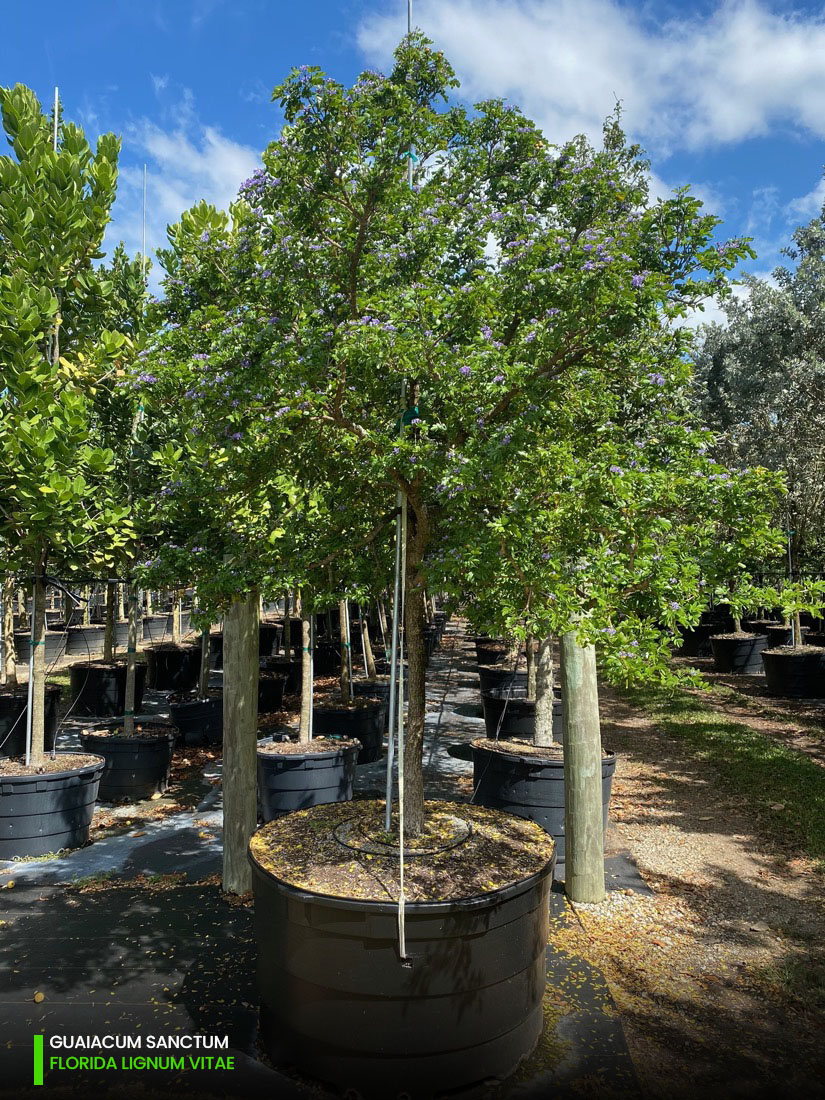Landscape design is a celebration of color! And there is no better time to talk about the implications of color in landscape design and its palette than now. Because, even though we don’t get seasons per se in South Florida, we do get seasonal trees.
And when we think about color, it’s important to acknowledge their blooming period, as it has a direct implication in color and on the overall look and feel of the design. Because depending on the desired aesthetic, certain colors may be more preferable than others. And their blooming period should be taken into account.
For example, warmer colors can help create a cozy, inviting atmosphere. While cooler colors can create a more modern, sophisticated look. In addition, certain colors may be better suited to match existing furniture and home décor.
Applying the Color Theory In Landscape Design
Therefore, we need to come up with a color scheme for the outcome we expect from the landscape design and use it as a guide. So, naturally, it is important to integrate the basics of color theory into your project.
Analogous colors
First, we have the analogous colors, which basically refer to the colors of leaves and bark that are similar to each other. Examples of analogous colors in trees include shades of green.
A good example is when you mix some of our favorite evergreens, the Calophyllum brasiliensis (Brazil Beauty leaf) and Bayrum tree (Pimenta racemosa).
Complimentary Colors
Secondly, you need to play with your opposites! And when it comes to complementary colors, you can have: blue and orange, red and green, or yellow and purple. These colors can be used to create visual contrast and interest in a landscape. Besides, when trees of complementary colors are grouped together, they create a stunning effect. And a sense of unity to the landscape as they create a cohesive look.
Some of our favorites to play with are the Pride of Cape (Bauhinia Galpinii), Orange Geiger (Cordia Sebestena), and Purple Glory (Tibouchina Granulosa).
Hot/Cold Colors
Third, we have color temperature. On one hand, we have the vibrant hues: red, orange, and yellow. Great colors to create focal points, as they are considered to have powerfully present hues.
Some of our best examples are: African tulip trees (Spathodea campanulata), Royal Poinciana (Delonix regia), Yellow Geiger (Cordia lutea), Verawood tree (Bulnesia arborea), and Orange Geiger (Cordia sebestena).
And on the other hand, the soothing, cool colors, which on many occasions call for sophistication. Are some of our go-to palettes in warmer climates. They include blue, green, white, soft pinks, pale yellows, and pastels in general.
This category includes the Tree of Life (Guaicum officinale), Native Tree of Life (Guaicum sanctum), Blue Jacaranda (Jacarada mimosifolia), and most of the trumpet-shaped trees (Handranthus), formerly known as Tabebuias.
Multifaceted Gray
Standing in the middle of the spectra is the gray. Which allows a change in color without saturating the design and highlighting other trees.
Our best example is the native Silver Buttownwood (Conocarpus erectus Var serieceus).
Color Value
Finally, to understand color theory in landscape, we also need to weigh in on the color value, which is basically saturation. A great example is the pink palette! Because the vivid hue of the Powderpuff tree (Calliandra surinamensis) will never be the same as the pastel tone of the pink Trumpet tree (Tabebuia heterophylla).
Flowering Periods
Now that we’ve covered the principles of colors, we also need to think about their blooming periods and how they can affect the color scale in a landscape design. Because different plants and flowers tend to bloom at different times of the year. Creating a range of colors that can add depth and richness to a landscape.
Making it important to include variety of plants and flowers in your design is necessary in order for you to create a landscape that provides an ever-changing color palette.
Color in Landscape Design & Spring Bloomers
Now that we have talked about color theory and its importance in landscape design, we want to run through some of our spring bloomers. Covering a good portion of the palette, suiting perfectly South Florida and the Caribbean.
-
Handronathus
Our first runner up are the Handroanthus, formerly classified as Tabebuias and widely known as the trumpet trees. These flowering trees tend to make a strong statement during spring as their vivid color hues stand out. Especially because they are semi-deciduous, so when they bloom, the tree has no competing leaves.
Aside from their outstanding blooming habit, these trees are of moderate size, reaching approximately 20 to 30 feet. They prefer well-drained soils, regular watering, and fertilizer, which improves growth.
And they have no serious pest or disease problems and are not invasive. Making it an ideal specimen tree, on the patio or lawn, along streets in medians or in large planters. Also great near a deck or patio, creating a warm and welcoming summertime shade for outdoor areas.
On site, you can check out the following eight varieties for you to choose from: Tabebuia Bahamensis (white tabebuia), Tabebuia Caraiba (Yellow Trumpet), Tabebuia Chysotricha (Golden Trumpet), Tabebuia donnell-smithii (Primavera tree), Tabebuia Guayacan, Tabebuia Heterophylla (Pink Trumpet) Tabebuia Impetiginosa (Purple Trumpet) and Tabebuia Roseoalba (White Ipe)
-
Cassias
The Cassia fitsula, Cassia bakeriana, Cassia javanica, and Cassia x Nealie are perfect spring-blooming trees for the south Florida landscape because they are all drought-tolerant and have beautiful, cascading flowers and dropping branches. They are excellent showy trees and can be planted in a variety of soils. Furthermore, they are well adapted to the local climate and conditions.
At TreeWorld, we have the vivid Golden Shower (Cassia Fistula), the alluring pink shades of the Cassia Bakeriana, and the Cassia Javanica, which resemble apple blossoms. And finally, the attractive hybrid Rainbow Shower tree, a natural combination between the Cassia fistula and the Cassia javanica.
-
Guaicum Sanctum
Our own native tree of life! In a shade of deep blue with yellow anthers that vividly stand out from the shiny, dark green leaves. This small tree generally reaches 30 to 40 feet. And it commonly has multiple trunks with drooping branches and a round, dense crown. That allows a more “organic” look to your landscape design without drooping the attention from what makes a great accent tree.
TreeWorld Availability
But if you are still indecisive on what trees to use and wish to explore other spring bloomers, you must check out the following. Peltophorum pterocarpum (yellow), Caesalpinia Ferrea (yellow), Brachychiton acerifolius (red), Andira inermis (pink to lavender), Poitea Florida (lavender), Mesua Ferrea (white), Magnolia (white), African tulip (orange-red), Shaving Brush Tree (white-pink), and Erblichia Odorata (orange).
Don’t forget that at TreeWorld we are ready to guide you on your upcoming landscape project. Contact us at (305) 968-2427 and schedule a visit.



























